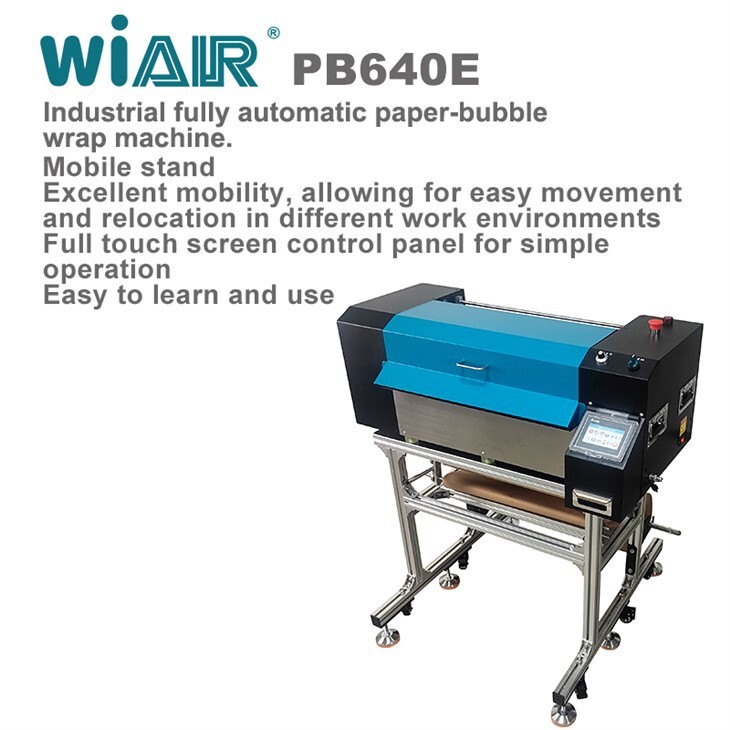
ADD: No.540, 2/F, Lane 500, XinNongHe Road, Song Jiang District, Shanghai, China
TEL: +86-21-65667541
MOB: +86 17717267676
E-MAIL: marketing@dsb.com.cn
The annual output of shredder blades in my country is 20 million pieces. The shredder blade material is produced using Q235 with a shear strength of 310~380MPa, a yield strength of 235MPa, and a thickness of 2mm; the two teeth on the blade are used for shredding paper, the thickness of the two tooth tips is 0.2mm, and the front angle is 50°, The back angle is 5°, the cutter teeth are required to be sharp, the surface is smooth and free of burrs; the flatness tolerance of the entire blade does not exceed 0.1mm, and the thickness does not exceed 2mm.
According to the structural characteristics and use requirements of the blade, if a single process punching die or a compound punching die is used for production, the following problems will occur.
(1) The stress at the tooth forming part of the mold is concentrated, the mold is easy to crack here, and the life of the mold is short.
(2) One set of molds cannot reach the requirement of 0.2mm thickness of the cutter teeth, and multiple sets of molds are required to form, which has low production efficiency and is not conducive to mass production.
(3) When punching multiple sets of dies, the accuracy of parts is difficult to guarantee due to the positioning error between each process.
(4) The corners formed by punching cannot form sharp teeth. Therefore, it is not suitable for this part to be punched by single-process die and compound die. Although the progressive die has defects such as complex mold structure, high mold manufacturing accuracy, and difficult mold maintenance, it can decompose the complex stamping process into simple processes, and at the same time, through the cooperation of the stamping equipment and the automatic feeding mechanism, high-speed automated production is achieved and the production efficiency is improved. . In addition, the precise positioning device designed on the progressive die can be used to improve the material utilization rate and stabilize the product quality. According to the above analysis and the shape and requirements of the product, combined with the production batch of the product, it is determined that the product is suitable for progressive die production.
Related News
- Green Packaging, Starting With Paper
- The Future Star Of Eco-friendly Packaging | Honeycomb Paper
- From Design To Recycling, Building A Green Circular Economy
- Farewell To Plastic Cushioning, Here Comes Paper-Bubble
- WiAIR's Mission | Protect Products, Protect The Earth
- Honeycomb Paper:Eco-Friendly, Efficient And Stylish - All In One
- How To Choose A Quality Honeycomb Paper Sleeve Forming Machine?
- From 2D To 3D Eco-friendly Cushion Packaging,are We On Trend?
- Your Product Needs Paper Cushion Packaging For Protection!
- Unveiling The Secrets Of Honeycomb Paper Sleeves Production | Efficient WiAIR-AM900
- Honeycomb Paper Sleeve Forming Machine, Efficient Production, Protecting Every Piece Of Green On The Earth
- Honeycomb Paper Sleeve VS Honeycomb Paper, A New Choice For Packaging
- Environmental Protection Packaging Has Become Explosive
- Start Adding Green To The Planet With The Honeycomb Mat Machine!
- Really? Paper As Protective Packaging Material?
- A Powerful Tool For Offices And Small Warehouses—WiAIR-PB340S Bubble Paper Machine
- Bubble Paper, Honeycomb Paper, Honeycomb Paper Sleeves - The Perfect Alternative To Plastic Packaging
- How Are Ceramic Products Safely Transported? All-round Protection Of Pressure Bubble Paper
- The Terminator Of Bubble Wrap, Why Is Paper Bubble So Popular?
- New Packaging Material Bubble Paper Provides Soft Protection For Products






